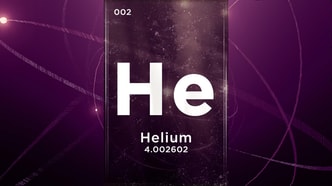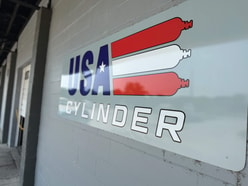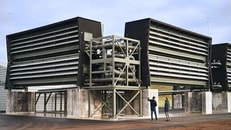Carbfix joins forces with Removr for 100,000 tonne DAC plant
Norway-based carbon dioxide (CO2) removal company Removr has signed a deal with CO2 storage firm Carbfix to store 100,000 tonnes of CO2 per year from Removr’s first large-scale direct air carbon capture and storage (DACCS) plant in Iceland.
The agreement will see Carbix employing its novel storage solution that turns CO2 into stone via underground mineralisation in less than two years.
Prior to the 100,000 tonnes plant, Removr plans to launch its first 2,000 tonnes commercial plant in Iceland in 2025.
... to continue reading you must be subscribed
























